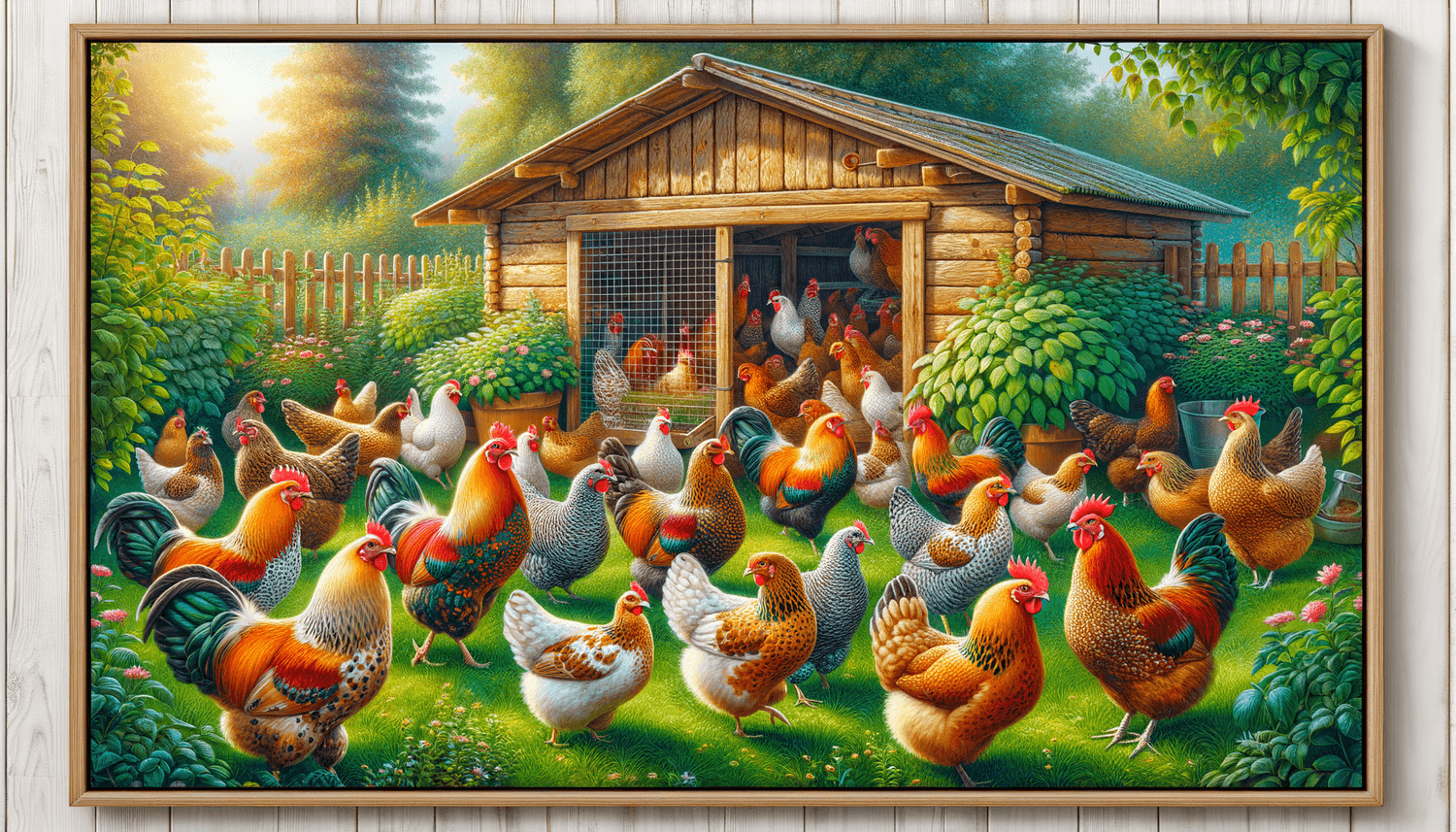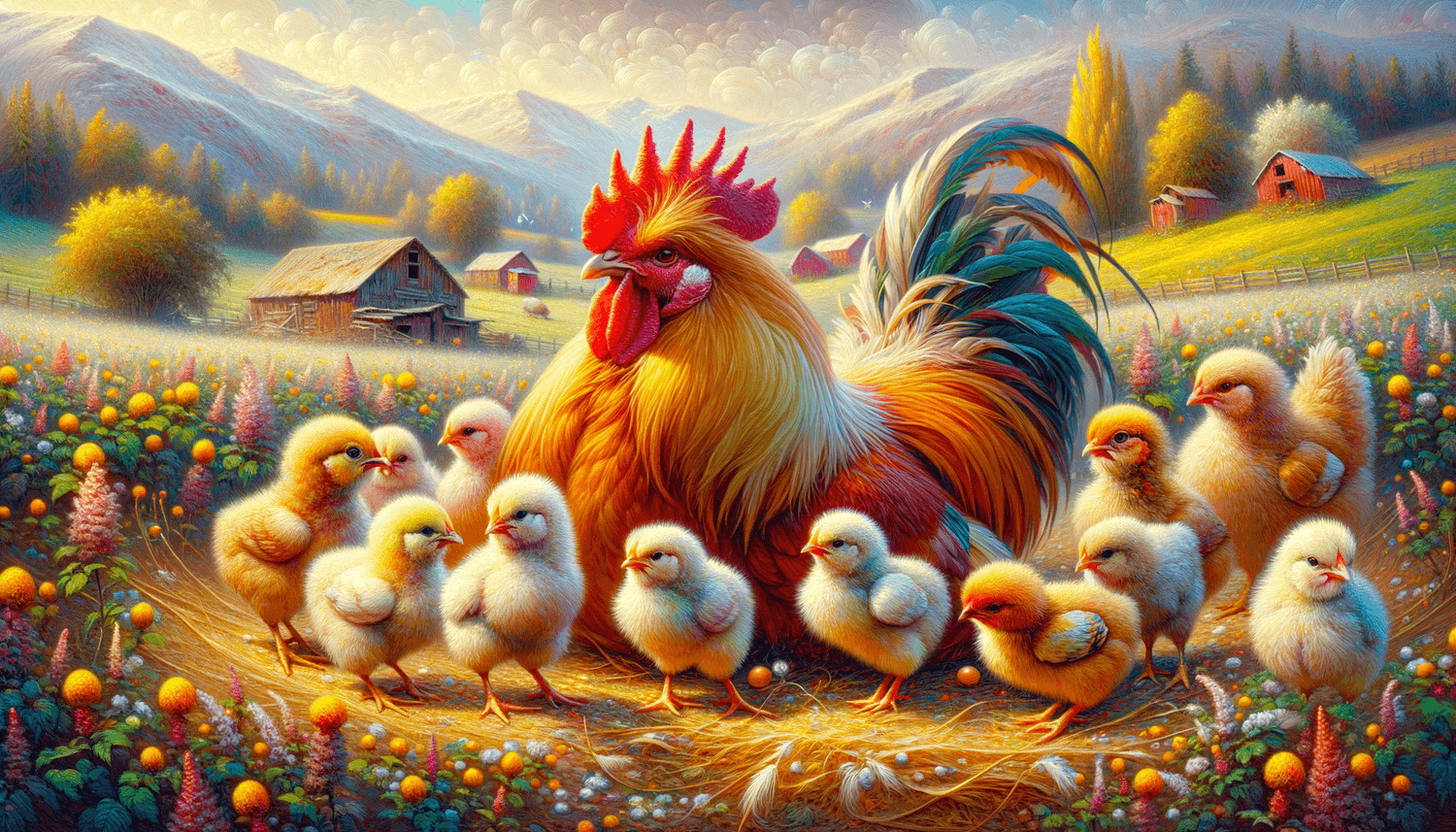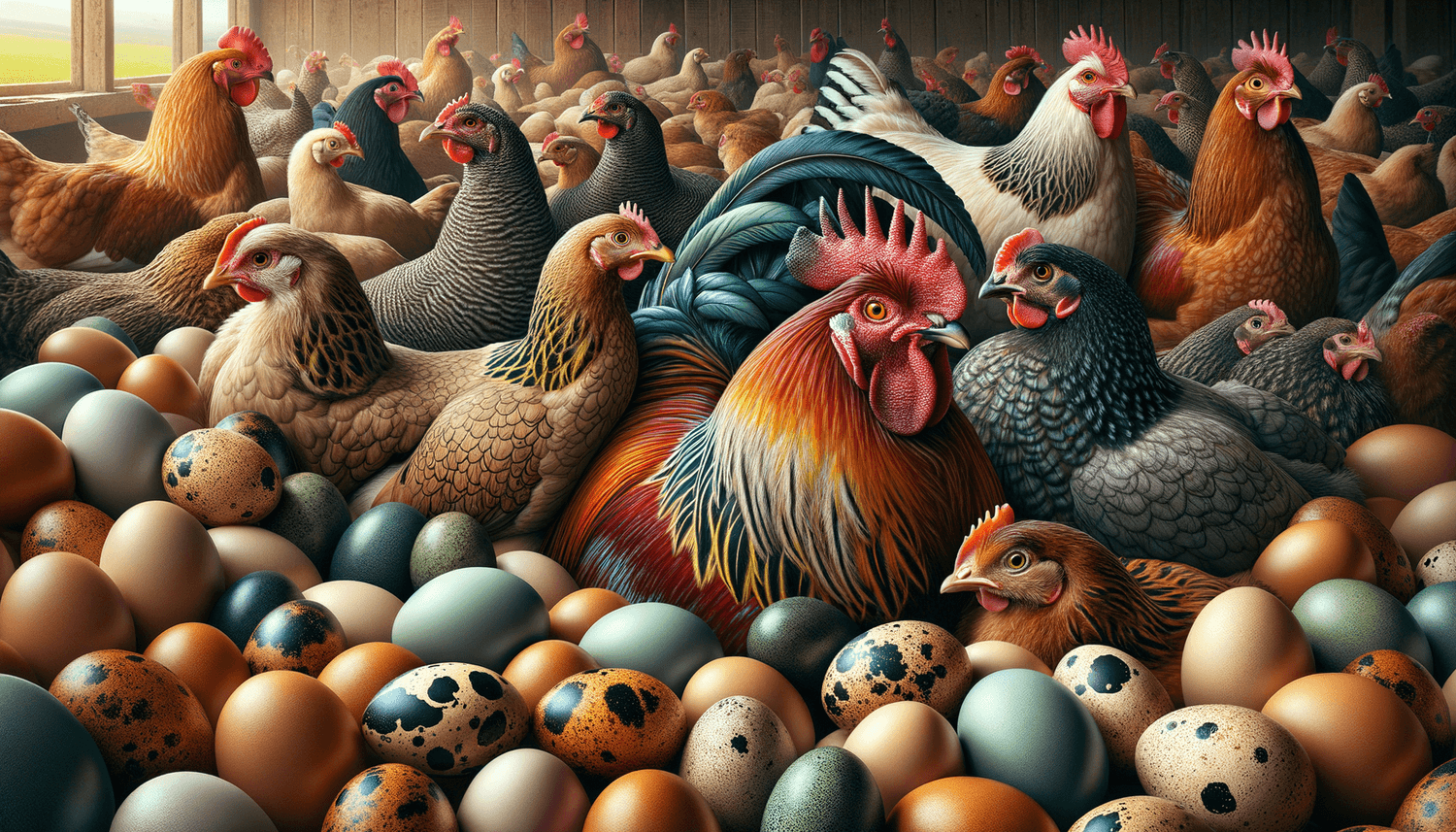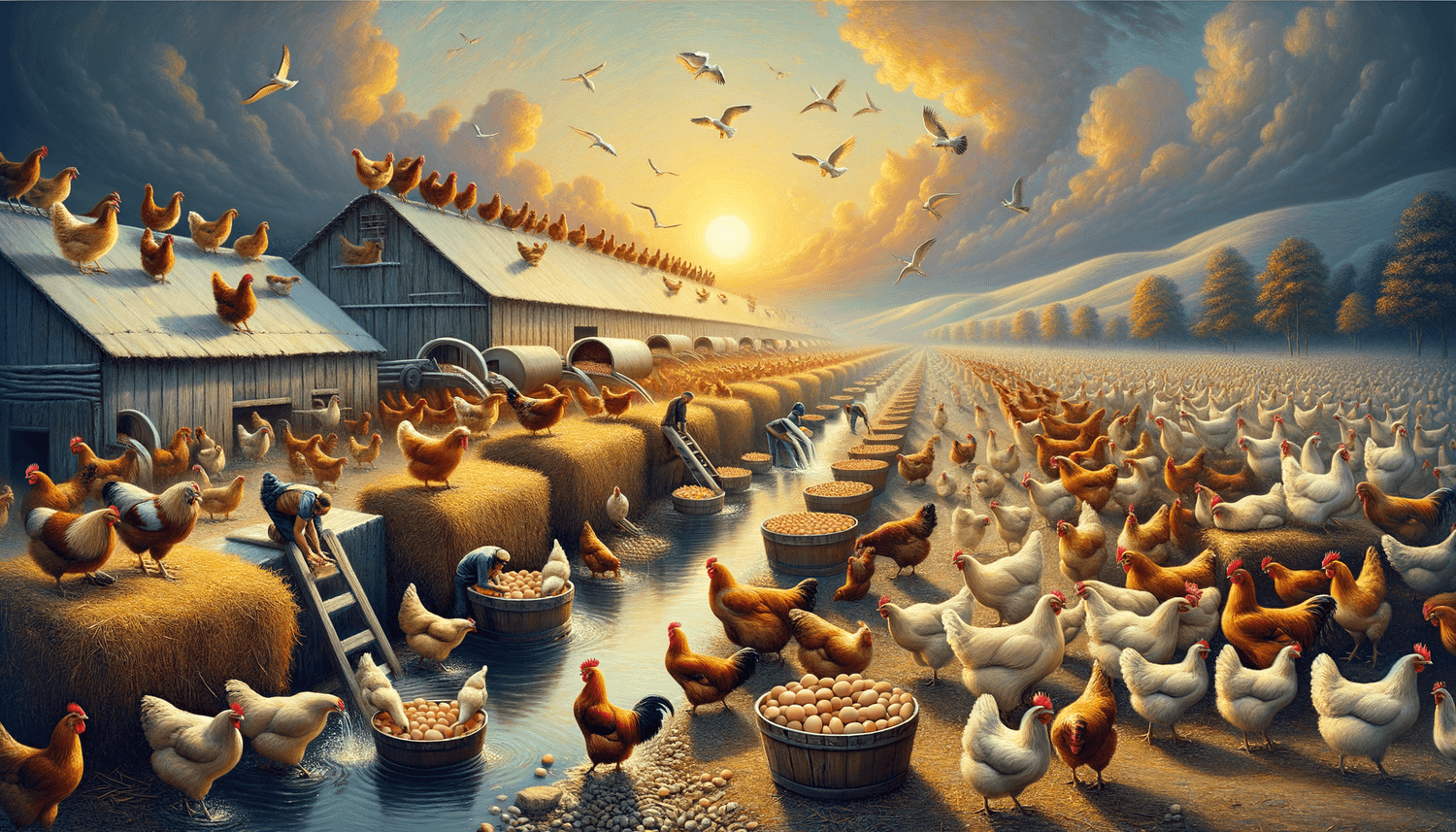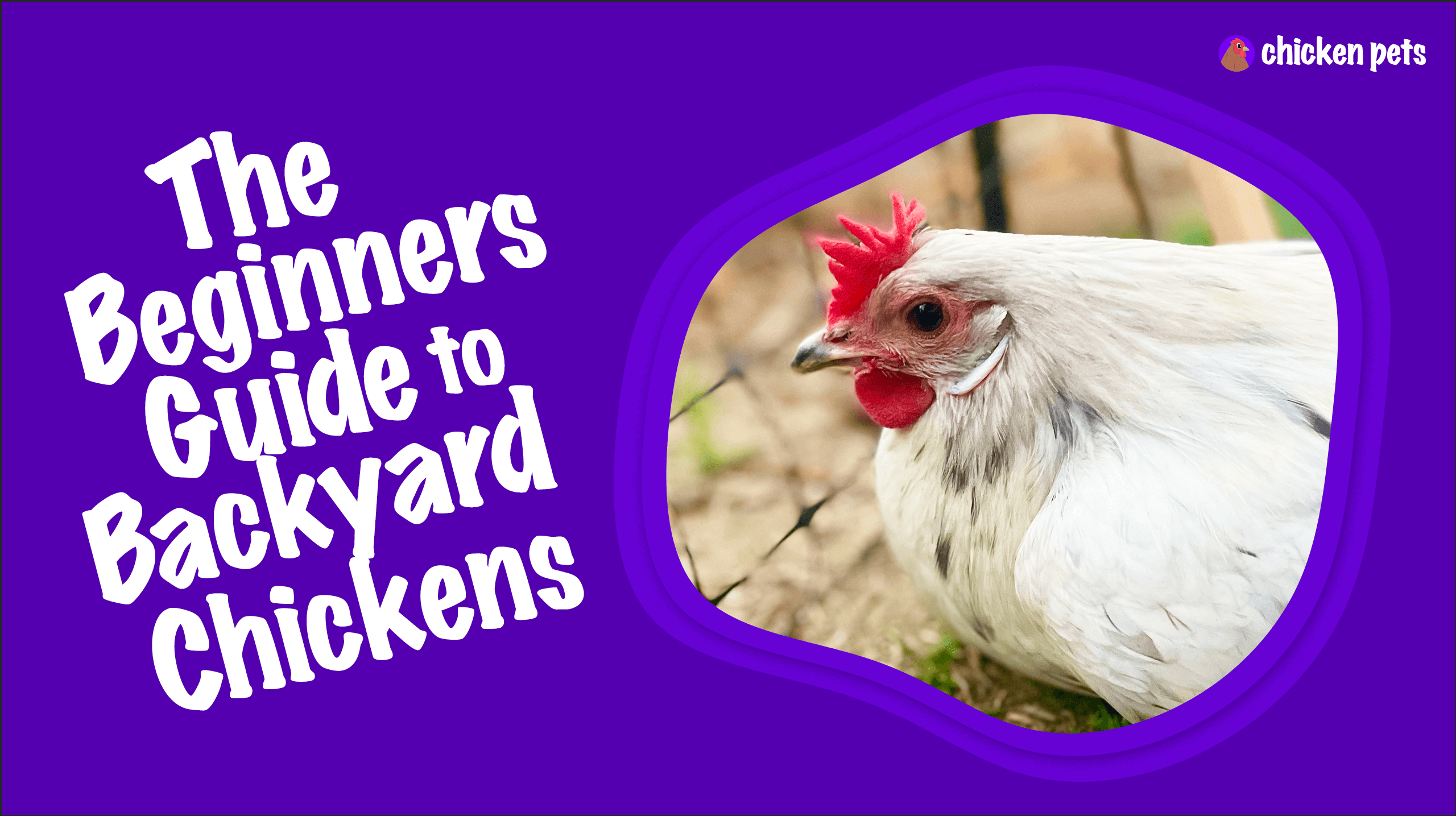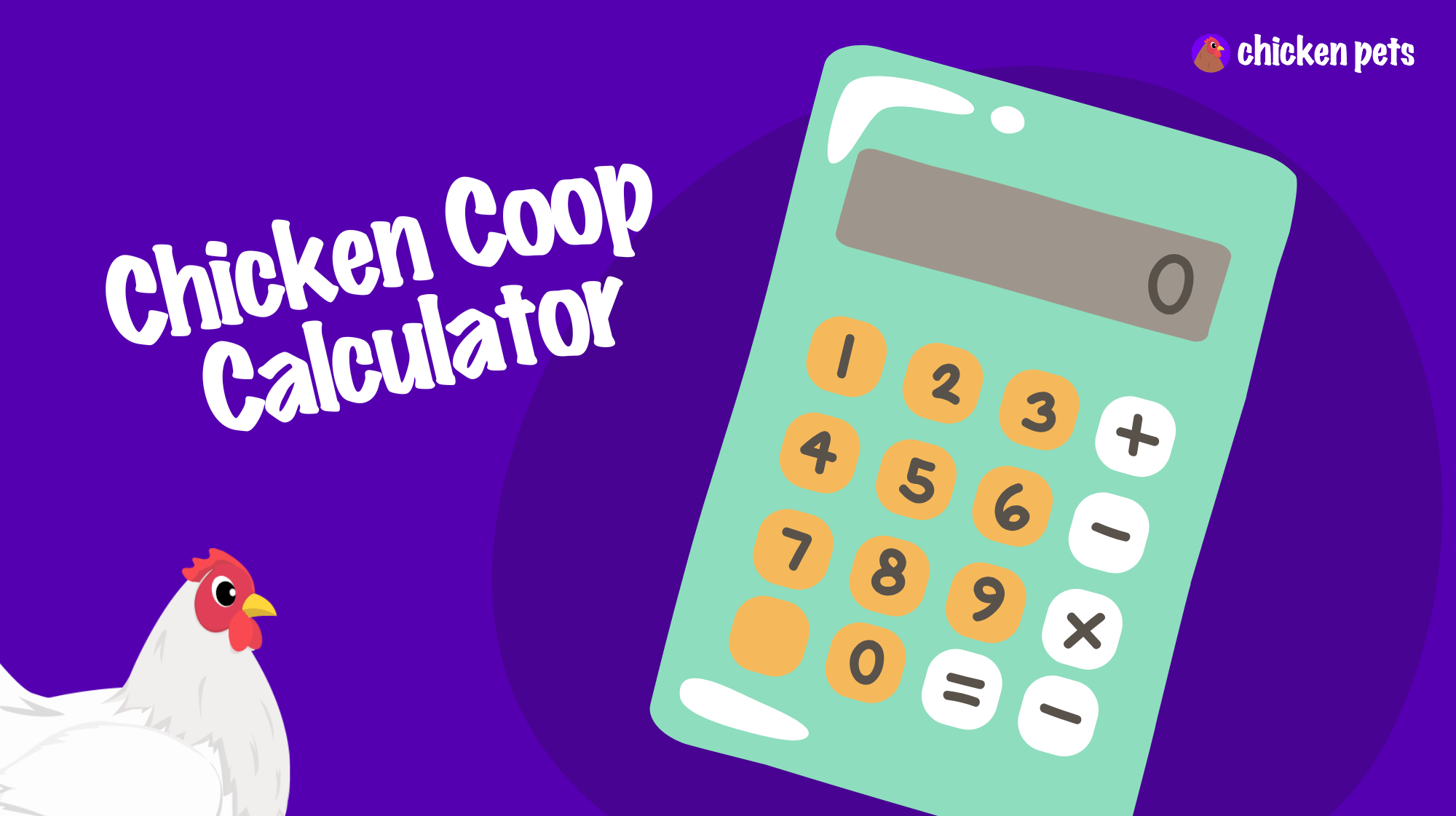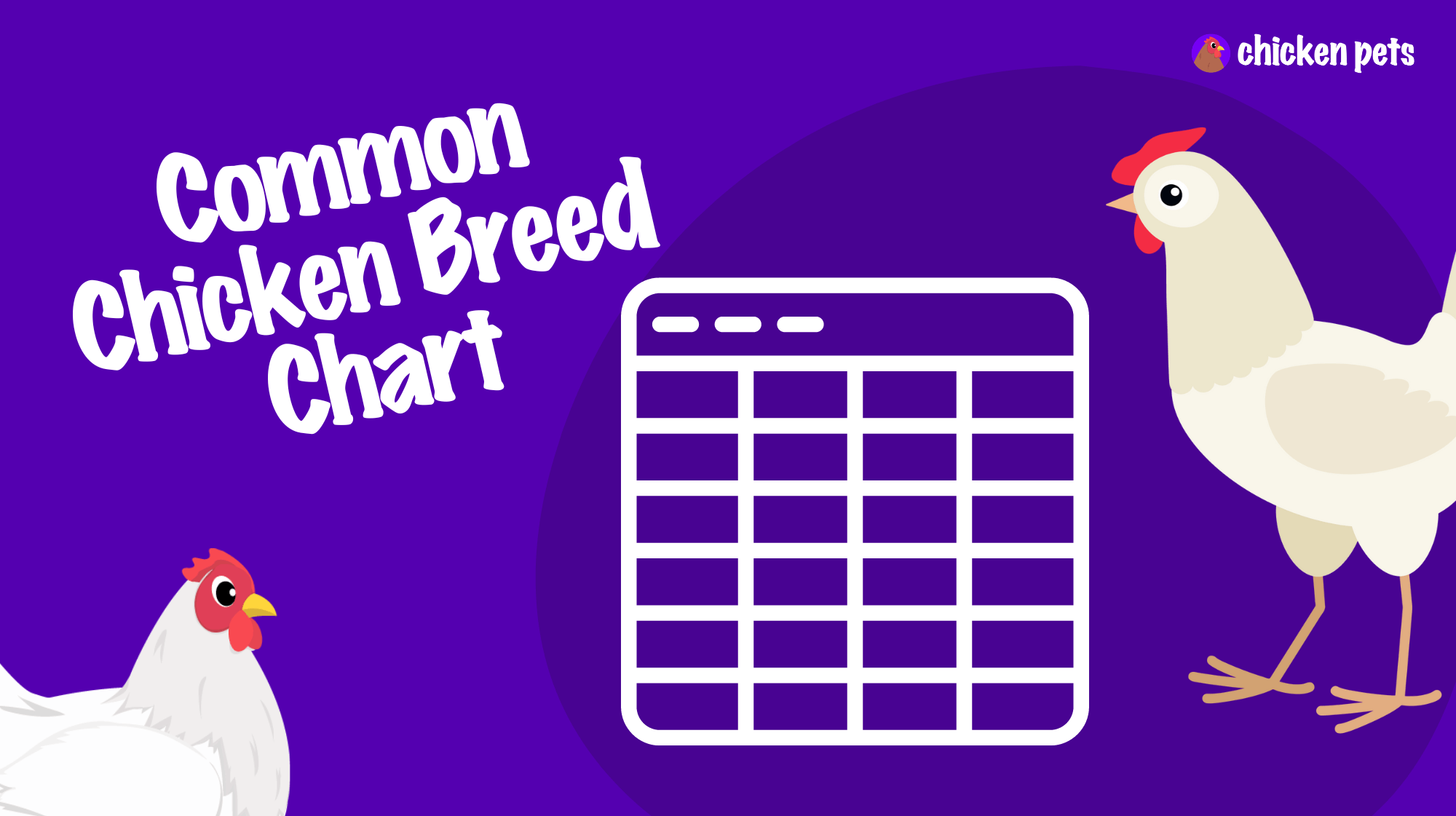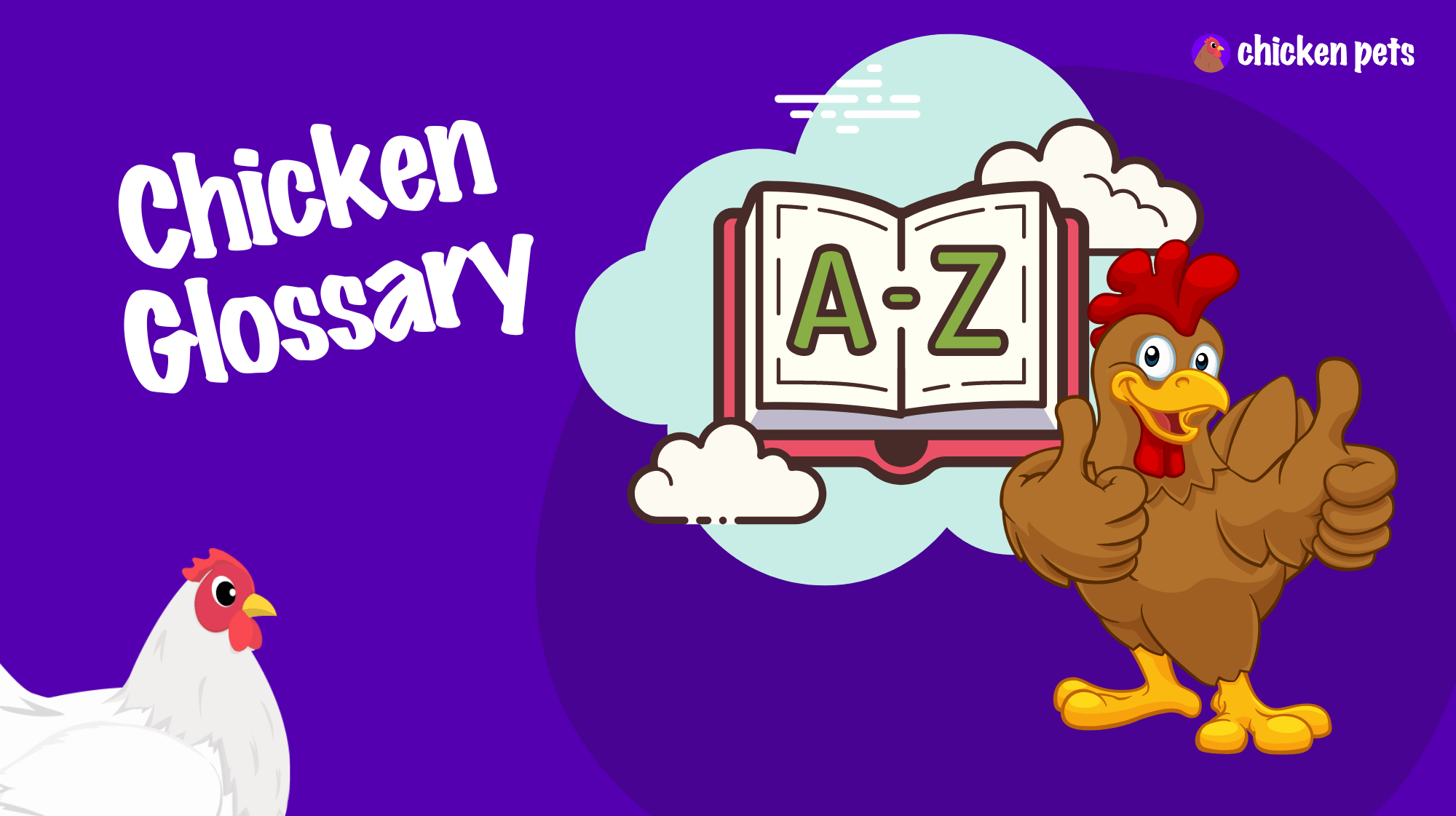Definition of Spine
The Spine in chickens, also known as the vertebral column or backbone, refers to the series of small interconnected bones called vertebrae that form the central skeletal support for the bird. The spine in poultry serves the crucial functions of providing structural stability, protecting the spinal cord, and allowing for flexibility and movement.
Importance of Spine for Backyard Chicken Owners
The spine is essential for a chicken’s overall health and mobility. Understanding the role of the spine in chickens can help backyard chicken owners and enthusiasts to properly care for their birds and identify potential health-related issues. The spine supports the weight of the rib cage and wings while allowing precise movements during preening, mating, and range of activities involved in daily living.
Some common health problems affecting the spine of chickens include injury, congenital deformities, or infections like Marek’s disease that cause inflammation in the spinal cord. Familiarity with the term “spine” and its importance enables owners to recognize such spinal issues and seek appropriate advice and treatment for their birds. Proper housing, nutrition, and care can promote the spinal health of backyard chickens, resulting in a flock with improved overall well-being and productivity.
How the Spine Works in Chickens and Poultry
The spine of chickens and poultry is composed of various segments comprising cervical, thoracic, lumbar, sacral, and caudal vertebrae. Adapted for avian physiology and function, the spine allows them to move and perform essential tasks. Each vertebra is separated by a fibrocartilaginous disc and connected through a series of facet joints, allowing for mobility and flexibility.
The cervical vertebrae provide support to the neck, enabling a wide range of movements for foraging and preening. The thoracic vertebrae are attached to the rib cage, facilitating respiration and wing movement. Lumbar and sacral vertebrae support the pelvic girdle, allowing for the transmission of forces from the legs to the spine during locomotion. The caudal vertebrae form the tail, which plays a crucial role in balance and stability.
The spinal cord, protected by the spine, is a crucial part of the nervous system that transmits messages between the brain and the rest of the body. A healthy spine is necessary for maintaining proper posture, efficient movement, and overall nervous system functioning in chickens and poultry.
Practical Application for Backyard Chicken Owners
Understanding the importance and function of the spine can help backyard chicken owners effectively care for their flock’s health and well-being. Here are some practical ways to apply this knowledge:
- Proper Nutrition: Provide a balanced diet containing essential nutrients such as calcium, phosphorus, and vitamins D, A, and E to support bone health, including spine development and maintenance.
- Safe Environment: Create a secure and spacious living area to prevent accidents that could lead to spinal injuries. Ensure that perches are appropriately sized and placed to support natural roosting behavior without straining the spine.
- Observation and Monitoring: Regularly observe your chickens for any signs of discomfort, injury or changes in posture, behavior, or movement, indicating an issue in the spine or overall skeletal system. Any discomfort, injury or change must be acted upon accordingly and immediately consult a veterinarian.
- Disease Prevention: Practice good flock management and biosecurity measures to minimize the risk of infectious diseases affecting the spine, such as Marek’s disease. Regularly check with local animal health authorities or veterinarians for updates and guidance on vaccinating your flock if required.
Implementing these practical applications, backyard chicken owners can contribute to the welfare of their flock, ensuring a healthy and productive environment for their birds.
Tips & Recommendations for Optimal Chicken Spine Care
Being aware of the importance of a healthy spine in chickens is essential for backyard chicken owners to ensure the well-being and productivity of their flock. Here are some tips and recommendations for optimal chicken spine care:
- Spotting Signs: Watch for abnormal postures or movements, such as difficulty walking, limping, or leaning to one side, which may indicate a spine-related issue. Address any concerns promptly by consulting a veterinarian.
- Weight Management: Prevent obesity in your flock, as excess weight can put added stress on the spine and potentially cause injuries. Ensure that your birds are receiving the correct feed quantity and encourage them to exercise by providing scratching areas and other interactive elements.
- Handling Techniques: Use proper handling techniques when lifting a chicken to avoid stress or injury to their spine. Support their body weight by placing one hand underneath the breastbone and another hand on top of their back, with their wings secured at the sides.
- Perches and Roosts: Ensure that perches and roosts are appropriately sized and placed at varying heights to allow for natural roosting behavior without causing unnecessary strain on the spine. Use smooth and flat surfaces to prevent pressure sores or discomfort.
- Predator Protection: Predator attacks can lead to spinal injuries; therefore, maintain a secure chicken coop and run, reinforcing with predator-proof fencing and proper lighting to deter predators.
- Proper Breed Selection: Some breeds have higher risks of genetic or congenital spinal issues. Research your chosen breed’s susceptibility to such issues, and consider selecting hardy breeds that are more resistant to these problems.
By following these tips and recommendations, backyard chicken owners can ensure that their flock’s health and well-being are prioritized, promoting optimal spinal care and overall quality of life.
Additional Information on Chicken Spine
There are some additional aspects to consider concerning the term “Spine” that may be valuable for backyard chicken owners. From skeletal development to age-related changes, understanding these factors may help in the overall care and management of the poultry flock.
- Skeletal Development: Chickens and poultry undergo an ossification process where the cartilaginous skeletal structure converts to bone during their growth. This gradual process is vital to sustaining a healthy spine as the bird matures. Providing appropriate nutrition and maintaining a stress-free environment support this developmental process.
- Age-related Changes: Chickens, like other organisms, undergo age-related changes in their spine that can potentially reduce skeletal flexibility and increase the risk of injury. Providing a comfortable and accessible living environment, proper nutrition, and incorporating practices that prevent injuries is essential for ensuring the well-being of older birds.
- Spine Trauma: In some cases, chickens may suffer trauma affecting the spine due to accidents, predators, or fighting amongst flock members. To avoid this, monitor the flock’s behavior and minimize potential conflicts, regularly evaluate the coop and run for hazards, and ensure adequate space to prevent overcrowding.
- Diagnosing and Treating Spinal Issues: Diagnosing and treating spine-related issues requires specialized knowledge and expertise. Consulting a veterinarian experienced in avian medicine is essential in such situations. Do not attempt to diagnose or treat spine-related problems without professional guidance.
By considering these additional factors and incorporating them into poultry care routines, backyard chicken owners can make well-informed decisions that promote the health and welfare of their flock.
Frequently Asked Questions
In this section, we will address some common questions related to the term “Spine” and its importance in chickens and poultry. These FAQs will provide helpful insights and information for backyard chicken owners and enthusiasts.
1. Can chickens recover from a spinal injury?
Chickens have the potential to recover from certain spinal injuries, depending on the severity and location of the injury. Mild injuries may heal with rest and supportive care. However, severe injuries, like fractures, might require professional intervention from a veterinarian. As with any injury, early detection and treatment can significantly impact a chicken’s potential for recovery.
2. What is the cause of wry neck in chickens, and is it related to their spine?
Wry neck, also called torticollis, is a condition where the chicken’s neck is twisted or bent to one side. Although it primarily affects the cervical vertebrae in the neck, it doesn’t always have a direct relation to spinal issues. Wry neck can be caused by various factors, including vitamin E deficiency, injury, or inflammation of the central nervous system. Providing appropriate supplements and nutrition can prevent wry neck.
3. Can uneven perches cause spinal problems in chickens?
Uneven or poorly designed perches can put undue stress on a chicken’s spine and potentially lead to spinal problems or discomfort. It is essential to provide perches with a smooth, flat surface and place them at varying heights to promote natural roosting behavior and support a chicken’s spine.
4. How does obesity affect the spine in chickens?
Obesity in chickens can put additional pressure on the spine, leading to increased wear, potential injury, or deformity over time. Obese chickens may also experience reduced mobility and flexibility, which can further compromise spinal health. Therefore, weight management is vital for maintaining a healthy spine in chickens.
5. How can I tell if my chicken has a spinal issue?
Signs of a spinal issue in chickens may include abnormal posture, difficulty walking, limping, or changes in movement or behavior. If you suspect a spinal problem, consulting a veterinarian experienced in avian medicine is essential for diagnosis and treatment.
6. Is there any preventative care for spinal issues in chickens?
Preventative care for spinal issues in chickens includes providing proper nutrition, maintaining a clean and safe environment, ensuring safe handling techniques, and monitoring for signs of potential issues. Regular checkups by a veterinarian also help in early detection and treatment of any spine-related problems.
7. Can genetic factors play a role in a chicken’s spinal health?
Yes, genetic factors can influence a chicken’s spinal health. Certain breeds may have a higher risk of congenital spinal issues, while other inherited factors can determine bone strength and density. To account for these potential genetic factors, backyard chicken owners should research their chosen breed’s susceptibility to such issues and consider selecting hardier breeds that are more resistant to these problems.


